How to start hiking: 10 things you need to know before you go
Our guide to how to start hiking covers route planning, clothing, safety and etiquette to ensure a successful time on the trail
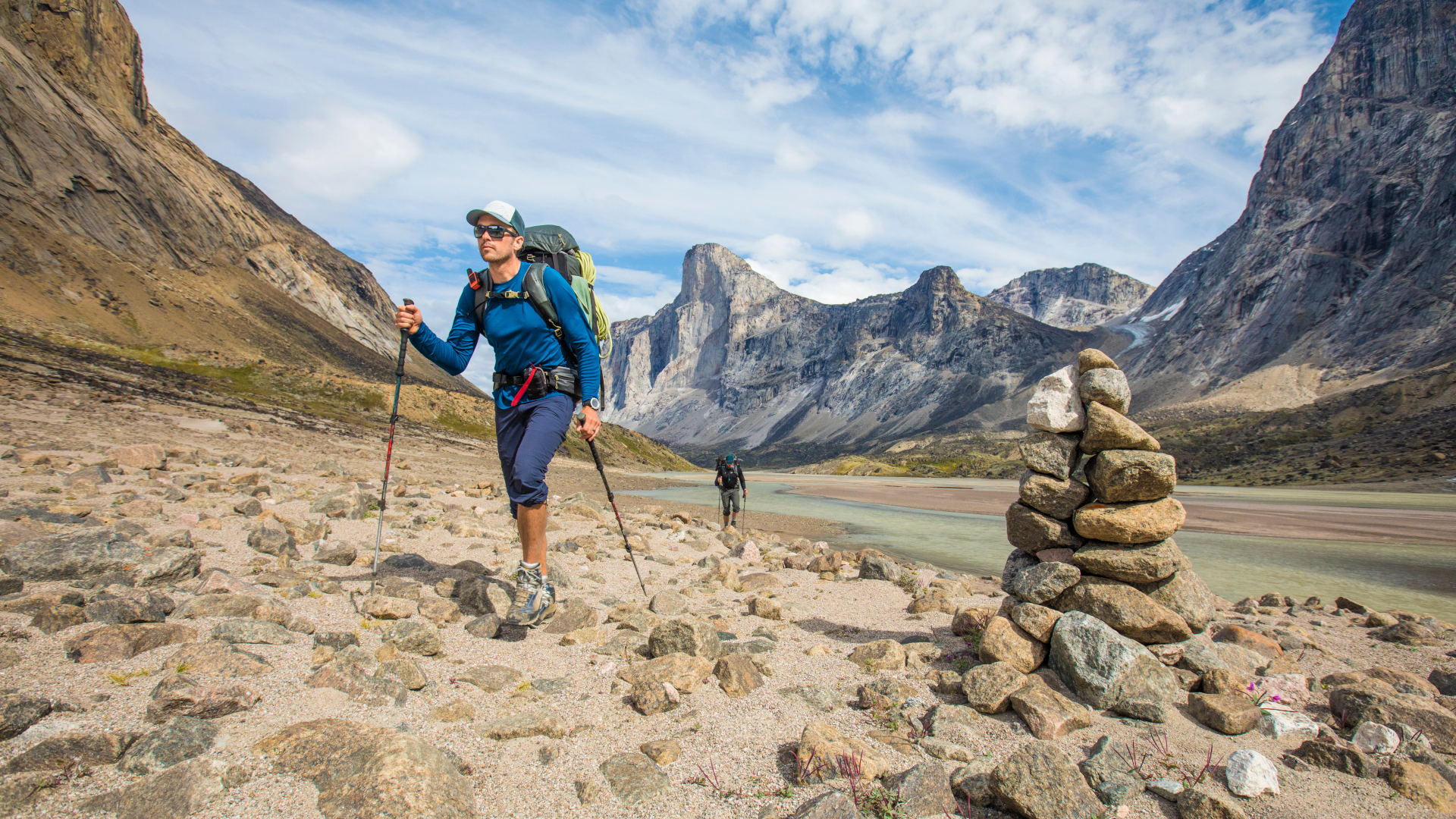
Are you keen on getting outside more and looking for helpful information on how to start hiking? Look no further. We’re here to help with all the basics of how to start hiking.
Between the increased awareness around the health benefits of hiking, and the restrictions of lockdown on our activities, more and more people are seeking solace – and fitness – in the outdoors. As far as physical activity goes, you could do a lot worse than hiking; it’s great exercise, it involves spending time in nature, and it requires little in the way of gear or finesse. But like any outdoor pursuit, there are key things to know before you set off that will help keep you comfortable and safe.
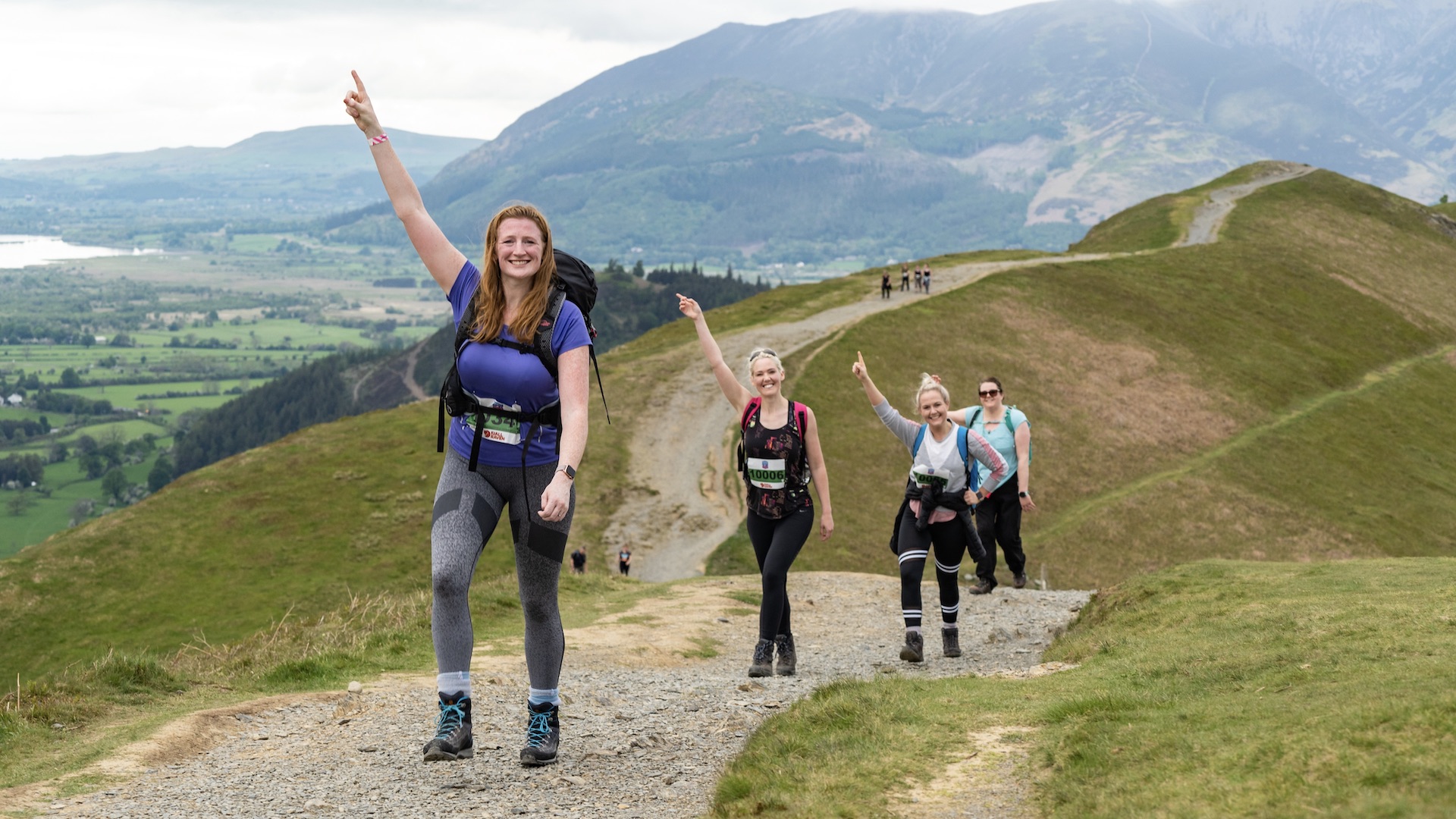
What is hiking?
Hiking is the preferred term in the US and Canada to describe travelling on foot in nature as a recreational activity. In these countries, it’s considered distinct from walking which takes place on a hard, flat surface while hiking takes place on trails and may be more vigorous if it involves going up hills or mountains. In the UK, the term ‘walking’ tends to be used across the board.
Though humans have been taking long walks for travel and pilgrimages for centuries, walking for pleasure really took hold in Europe during the 18th century. A hike may entail just a mile or two on the trail, a half or full day longer excursion, or even an overnight trip with a tent, known as backpacking.
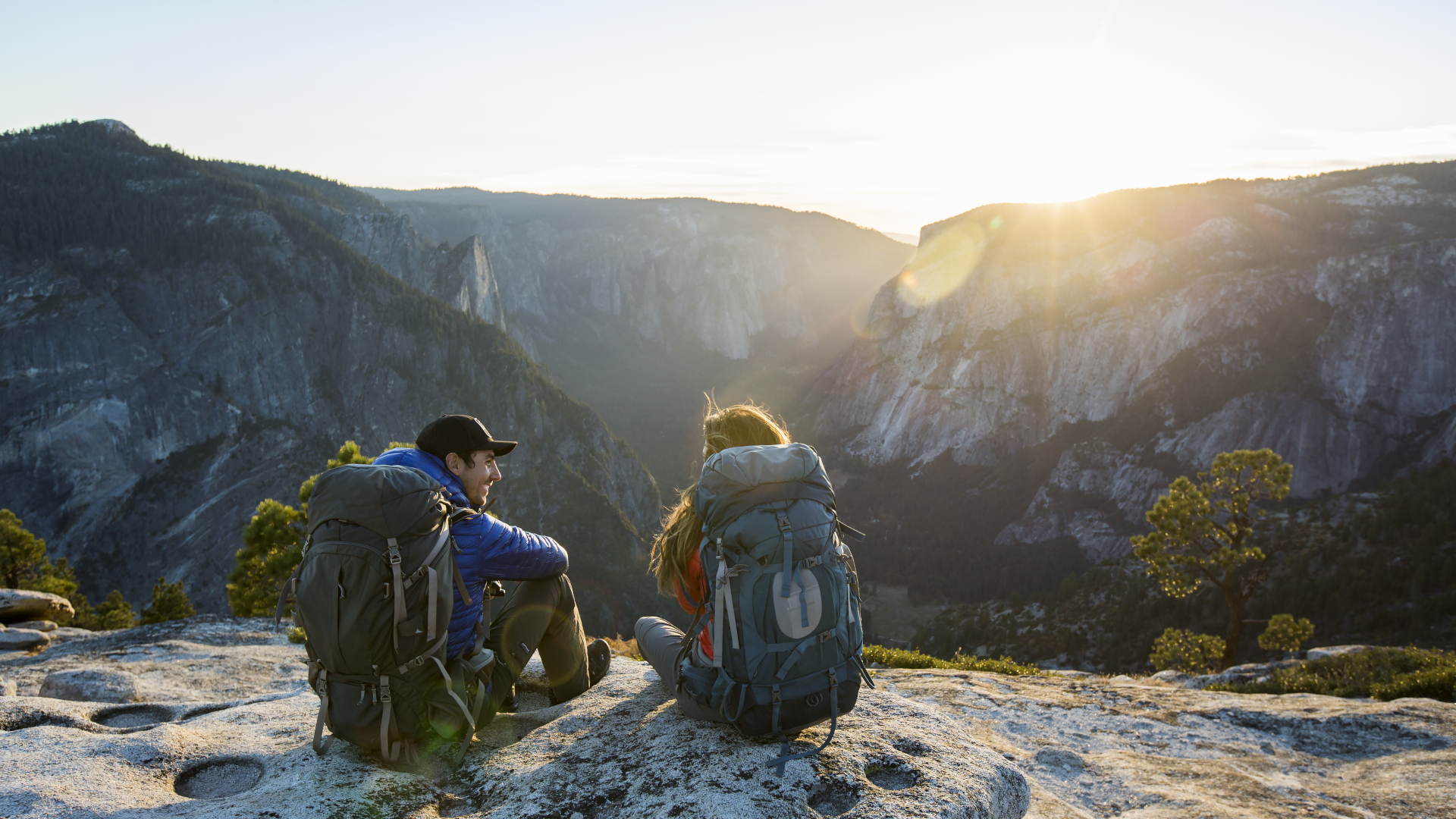
What are the benefits of hiking?
There are lots of compelling reasons to take up hiking. First, it’s great for your physical health as it involves cardiovascular activity and is good for strengthening your legs. All those miles underfoot can help you lose weight and gain muscle. Second, there are excellent mental health benefits to hiking – the Alzheimer's Society points to aerobic exercise such as hiking for reducing the risk of dementia, while the organization MIND says that physical activity improves sleep and mood and reduces the instance of anxiety and depression.
Are you convinced? Then let’s dive in to everything you need and need to know to start hiking.
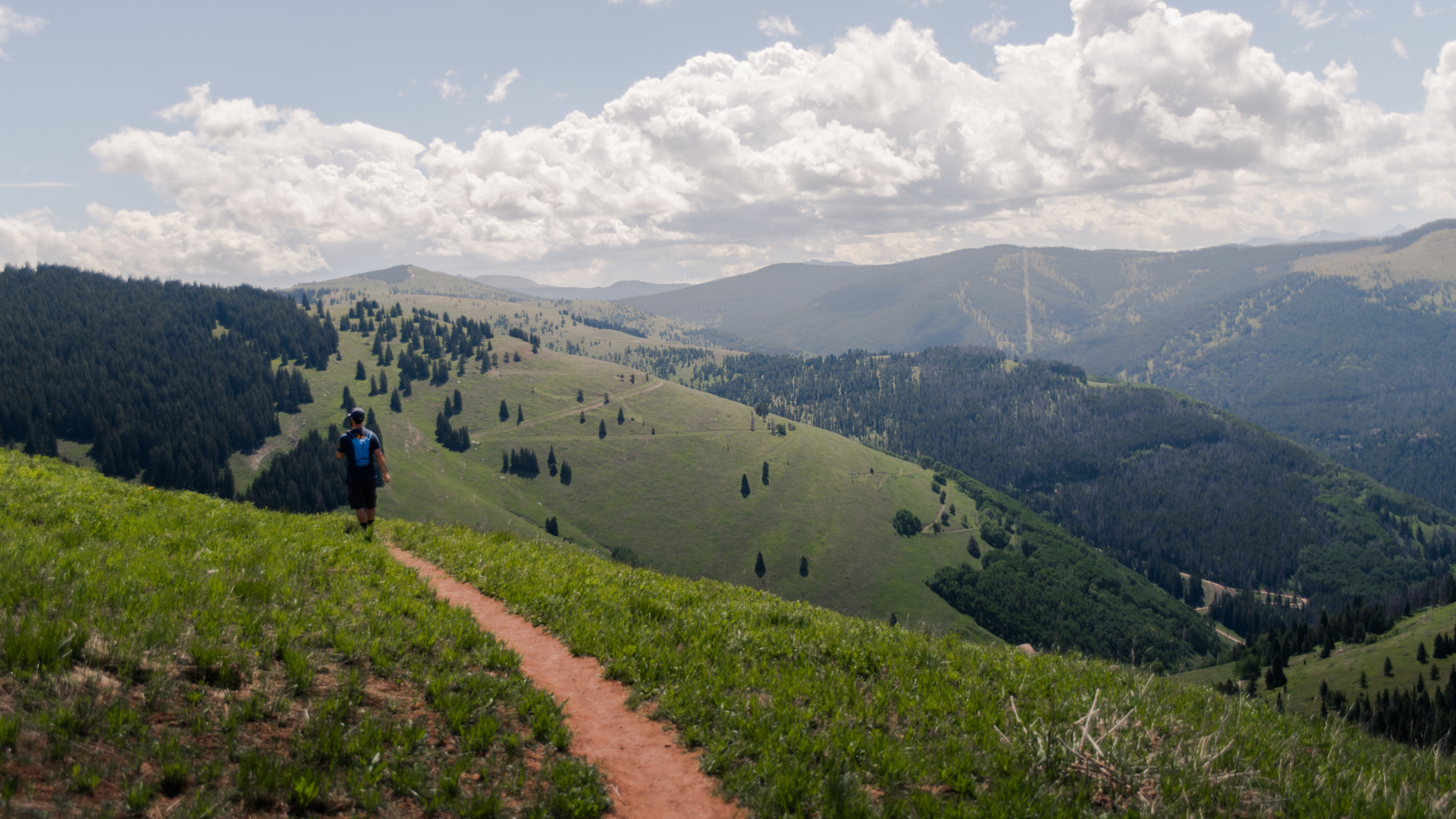
1. Start small
You might be dying to conquer the highest peak around, but the best approach is to start with a well-marked trail that is not too long (think 2-5 miles total) and rated easy or moderate. Using a route finding app like komoot is a great way to search for trails in your area and filter them by difficulty. You’ll be able to find helpful information such as how challenging the trails are, trailhead location, maps and read trip reports from other people who have hiked the trails.
Advnture Newsletter
All the latest inspiration, tips and guides to help you plan your next Advnture!
2. Get the right gear
The excellent news is that you really don’t need much gear to start hiking. Before you shell out on expensive hiking boots that might take a little breaking in, we recommend starting on some easier terrain and using a good pair of trainers or your best trail running shoes until you decide whether you want hiking shoes or trail shoes. Hiking boots are generally sturdier and offer ankle support, but heavier, while trail shoes are lighter.
Some decent wool or synthetic hiking socks make a relatively small investment that might add up to a lot of comfort, and you may also want to check out our article on liner socks to prevent rubbing and blisters.
For clothing, it depends a little on the climate and season, but assuming the weather is mild, you can start with workout clothes you already own. You’ll generally want to avoid cotton, which doesn’t wick away moisture from your skin the way wool and synthetic fabrics do, meaning you get chilly if you break a sweat or are hiking in moist conditions. It’s also generally good to dress in layers – you might wear a light base layer, and carry a light wind and waterproof jacket that you can pull on over it for extra warmth and protection from the elements. Notice that the key word here is light – everything you bring you have to be able to carry.
For day hikes, you’ll need a backpack. Again, you can start with a small pack you already own but once you’ve been bitten by the hiking big, you’ll want a good daypack that contours to your body and in it you’ll want to pack a water bottle, sun protection, bug spray and snacks like nuts and energy bars, or a sandwich if you’re planning on having lunch on the trail. You’ll also want to bring navigation tools...

3. Know your navigation tools
In general, your first few hikes should be on well-marked trails so that there’s little chance of you getting lost. That said, you should plan for getting lost. Read up on the trail description before you go and definitely don’t plan to rely on your phone to be able to guide you. There’s not always service out in the wilderness and even when there is, Google Maps doesn’t always extend to hiking trails.
It may sound a little old school but a map of the area is your best bet, though you’ll have to know how to read it, and a compass is a good complement to your map to help you take a bearing. Chances are you won’t need these tools for well-travelled paths, but you don’t want to need them and not have them.
4. Carry a first aid kit
Though hiking itself isn’t considered a dangerous sport, there are always dangers when it comes to recreating in the backcountry, from getting lost to sustaining an injury, and a little prevention goes a long way.
Always carry a first aid kit when you hike. Ideally, you’ll never need more than a plaster to cover a blister, but if you do get hurt, you want to be able to take care of yourself until you can receive proper medical attention.

5. Check the weather
Once you’ve selected your trail and packed your bag, you’ll definitely want to check the weather forecast for the area where you’re going on the morning of your hike. Use a reliable weather app and while the forecast doesn’t have to be blue skies all day, you’ll want to avoid severe weather conditions like lightning, snow and hail, and extreme heat. Have a backup plan if the weather isn’t playing ball, like an easier walk closer to home.
If there’s just a chance of light rain, you don’t have to be deterred, but avoid extremely rocky terrain with steep drops that can become slick under foot and bring waterproof gear. It’s good to have fair weather for your first few hikes while you get comfortable.
6. Research local wildlife
There’s also the question of wildlife safety. Depending on where you’re hiking, you may need to be aware of wildlife such as bears, mountain lions and moose. Generally speaking, these animals want to avoid you as much as you want to avoid them and if you’re on a well-travelled trail, you’re not likely to meet one. If you know these types of animals exist in your area, you’ll want to know the best times to avoid them, what to do if you meet one and if there is any protection you can carry such as bear spray. Start with our articles on what to do if you encounter a bear or a mountain lion.
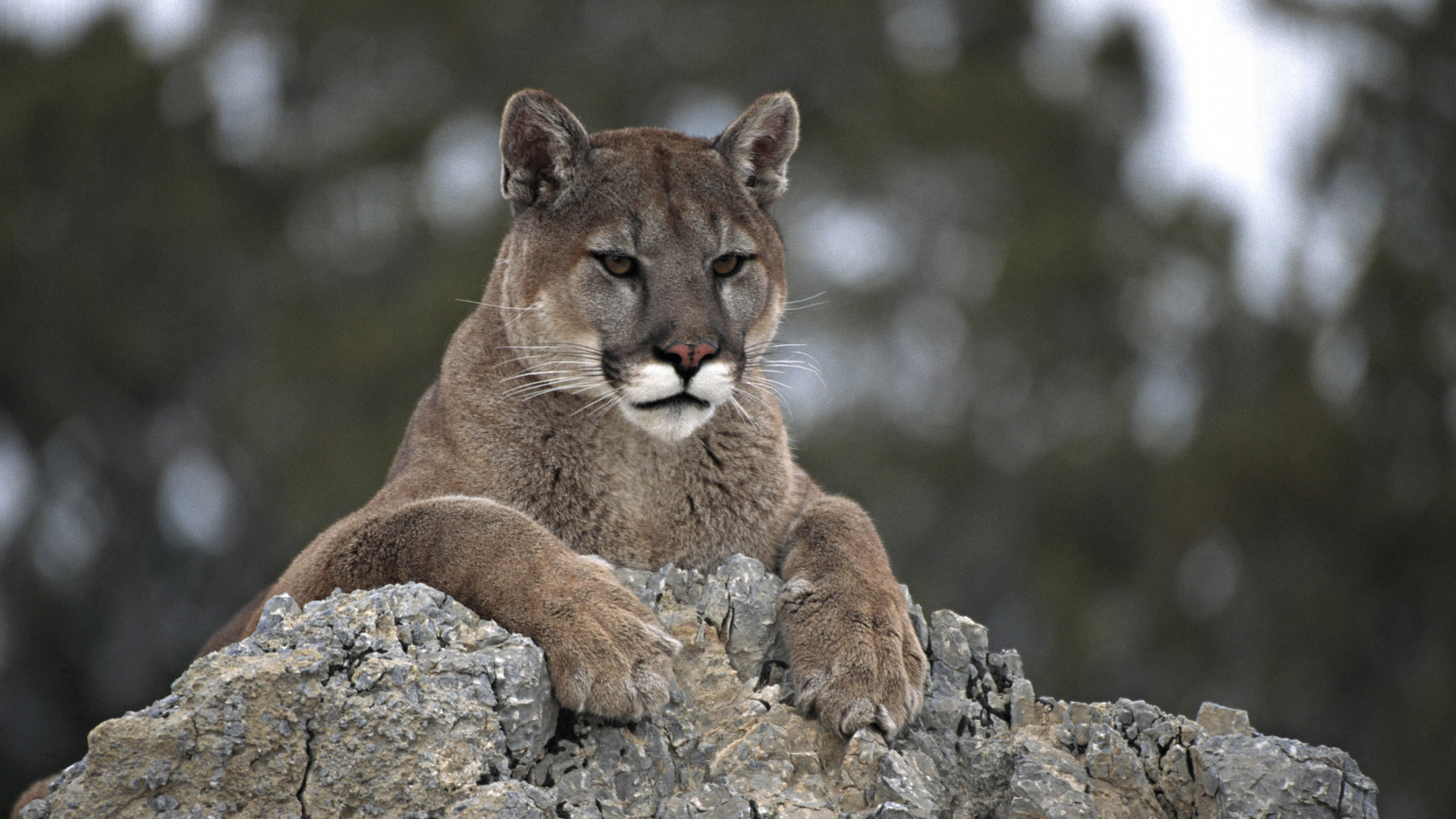
7. Tell a friend where you’re going
Pick a reliable friend or family member and make sure they know your location and what time they should expect you to be finished – that way if they don’t hear from you, they will raise the alarm. Remember to check in with them after your hike so they know you are safe.
8. Get going early
A good rule of thumb regardless of where you’re hiking and which season you're hiking in is to start early. This means you’re more likely to avoid crowds on popular trails, and in many high altitude areas will ensure you’re off the trail by the afternoon, when thunderstorms tend to roll in. There’s not a specific time to start, but at first light for a longer hike or in the hour or two after sunrise for a shorter hike is generally a good time to arrive at the trailhead.
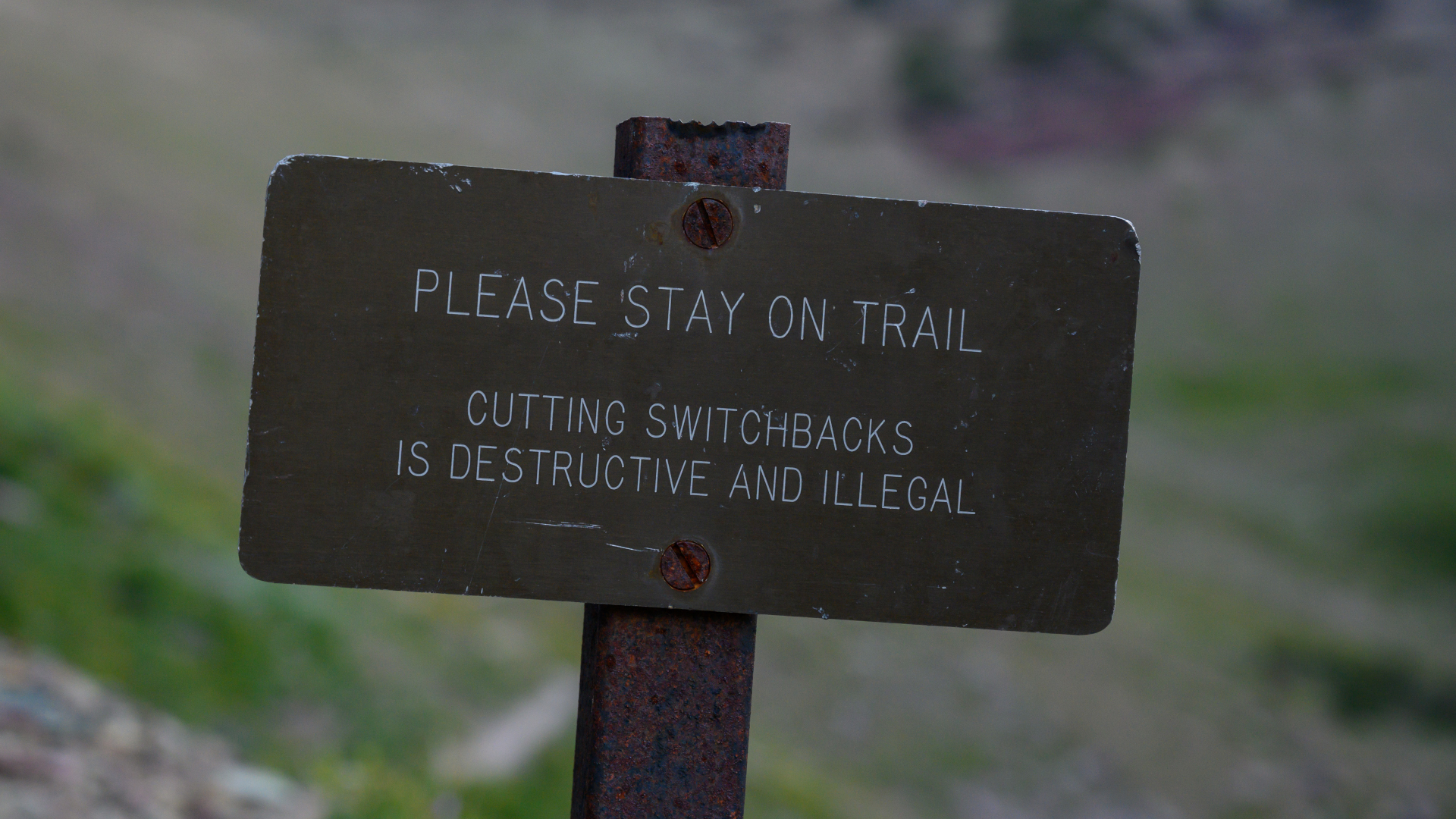
9. Leave no trace
You’re now ready to set off on your first hike and it’s important to observe good trail etiquette – you want to be a steward of nature here. A vital component of spending time outdoors is the principle of Leave No Trace. Basically, you want to leave the trail just as you found it. Don’t litter (even fruit peels which can poison wildlife), don’t blast music, stay on the trail and don’t break branches or pick wildflowers.
If you need the bathroom, you can leave the trail and go somewhere other hikers can’t see you, but don’t go too far and risk getting lost, and take care not to trample the vegetation. Read our article on how to poop in the woods but try to take care of that business before you leave the house.
10. Share the trail
Sure, we hit the trail to escape the hustle and bustle but chances are you’re going to meet others who have the same idea. Another important part of trail etiquette is Right of Way. Uphill hikers have the right of way, so plan to step aside for them as you head downhill unless they wave you past. Similarly, you’ll have the right of way when you’re going uphill, but if you need a breather just step to the side and let them know.
If you’re sharing the trail with bikers, you do actually have the right of way, however bikers will be moving fast and it may be safer to just step aside than assume they will see you and stop – don’t play chicken. Give horses a wide berth as you pass so as not to startle them.
If you come up behind another hiker and want to pass, simply alert them to your presence with a ‘hello’ and if you realize someone is coming up behind you, let them pass.
Finally, be friendly. Greet other hikers with a smile, say hello and enjoy the camaraderie of being with other like minded folk.
Julia Clarke is a staff writer for Advnture.com and the author of the book Restorative Yoga for Beginners. She loves to explore mountains on foot, bike, skis and belay and then recover on the the yoga mat. Julia graduated with a degree in journalism in 2004 and spent eight years working as a radio presenter in Kansas City, Vermont, Boston and New York City before discovering the joys of the Rocky Mountains. She then detoured west to Colorado and enjoyed 11 years teaching yoga in Vail before returning to her hometown of Glasgow, Scotland in 2020 to focus on family and writing.

